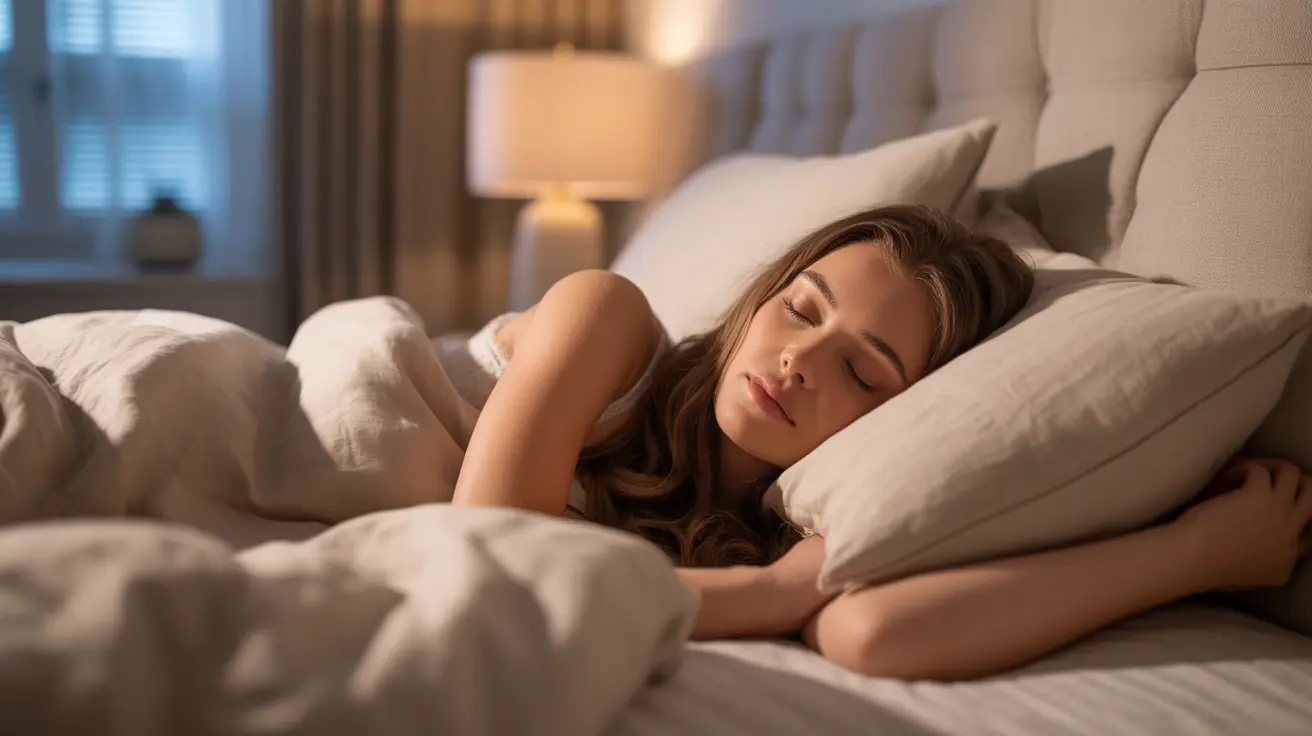Living with mitral valve prolapse (MVP) requires careful attention to various lifestyle factors, including how you sleep. The position in which you rest can significantly impact your comfort and potentially influence your symptoms. Understanding the best sleep positions for mitral valve prolapse can help you manage your condition more effectively and get better rest.
This comprehensive guide explores optimal sleeping positions, helpful adjustments, and when to consult healthcare providers about sleep-related concerns for those with mitral valve prolapse.
Understanding Sleep Position Impact on MVP
Your sleep position can affect how your heart works during rest, potentially influencing mitral valve prolapse symptoms. Different positions can alter blood flow patterns and pressure on your heart, making some positions more comfortable than others for MVP patients.
Left Side vs. Right Side
Many cardiac specialists recommend that MVP patients consider sleeping on their right side. This position may help reduce pressure on the heart and minimize discomfort associated with mitral valve prolapse. The left side position, while generally recommended for heart health, might cause additional pressure on the mitral valve in some MVP patients.
Recommended Sleep Positions
Elevated Upper Body Position
Using pillows to maintain a slightly elevated upper body position (15-30 degrees) can help reduce strain on your heart and improve blood flow. This position may be particularly beneficial if you experience:
- Chest discomfort
- Palpitations
- Shortness of breath
- Anxiety related to MVP symptoms
Modified Side-Sleeping Techniques
Consider these adjustments when side sleeping:
- Use supportive pillows between your knees
- Keep your spine aligned
- Maintain a slight bend in your knees
- Support your arms with additional pillows as needed
Optimizing Your Sleep Environment
Beyond position, creating an optimal sleep environment is crucial for MVP patients. Consider these factors:
- Use a supportive mattress that maintains proper spinal alignment
- Select pillows that provide adequate neck and head support
- Ensure room temperature is comfortable (typically between 60-67°F)
- Maintain good air circulation in your bedroom
Post-Surgery Considerations
After mitral valve repair surgery, following your healthcare provider's specific instructions about sleep positions is crucial. Generally, patients may need to maintain an elevated upper body position and avoid sleeping on their side for several weeks post-surgery.
Frequently Asked Questions
What is the best sleep position for people with mitral valve prolapse to reduce symptoms? The most beneficial sleep position often involves sleeping on your right side with your upper body slightly elevated. This position can help minimize pressure on the heart and reduce MVP-related discomfort.
Can sleeping on my back worsen mitral valve prolapse or related heart symptoms? While back sleeping isn't necessarily harmful, some patients find that a flat back position can increase discomfort. Using pillows to maintain a slight elevation can help if you prefer sleeping on your back.
How can pillows or sleeping aids help improve comfort for someone with mitral valve prolapse? Pillows can be used strategically to maintain optimal positioning, including elevating the upper body, supporting the spine when side sleeping, and ensuring proper alignment. Wedge pillows or adjustable beds may be particularly helpful.
When should a person with mitral valve prolapse talk to their doctor about changing their sleep habits? Consult your healthcare provider if you experience increased symptoms at night, persistent sleep disruption, or new symptoms that affect your sleep quality. Also seek guidance if existing sleep positions become uncomfortable.
Does mitral valve prolapse require special sleep positions after valve repair surgery? Yes, following valve repair surgery, specific sleep positions may be recommended by your surgical team. Typically, this includes maintaining an elevated upper body position and following particular restrictions during the recovery period.




